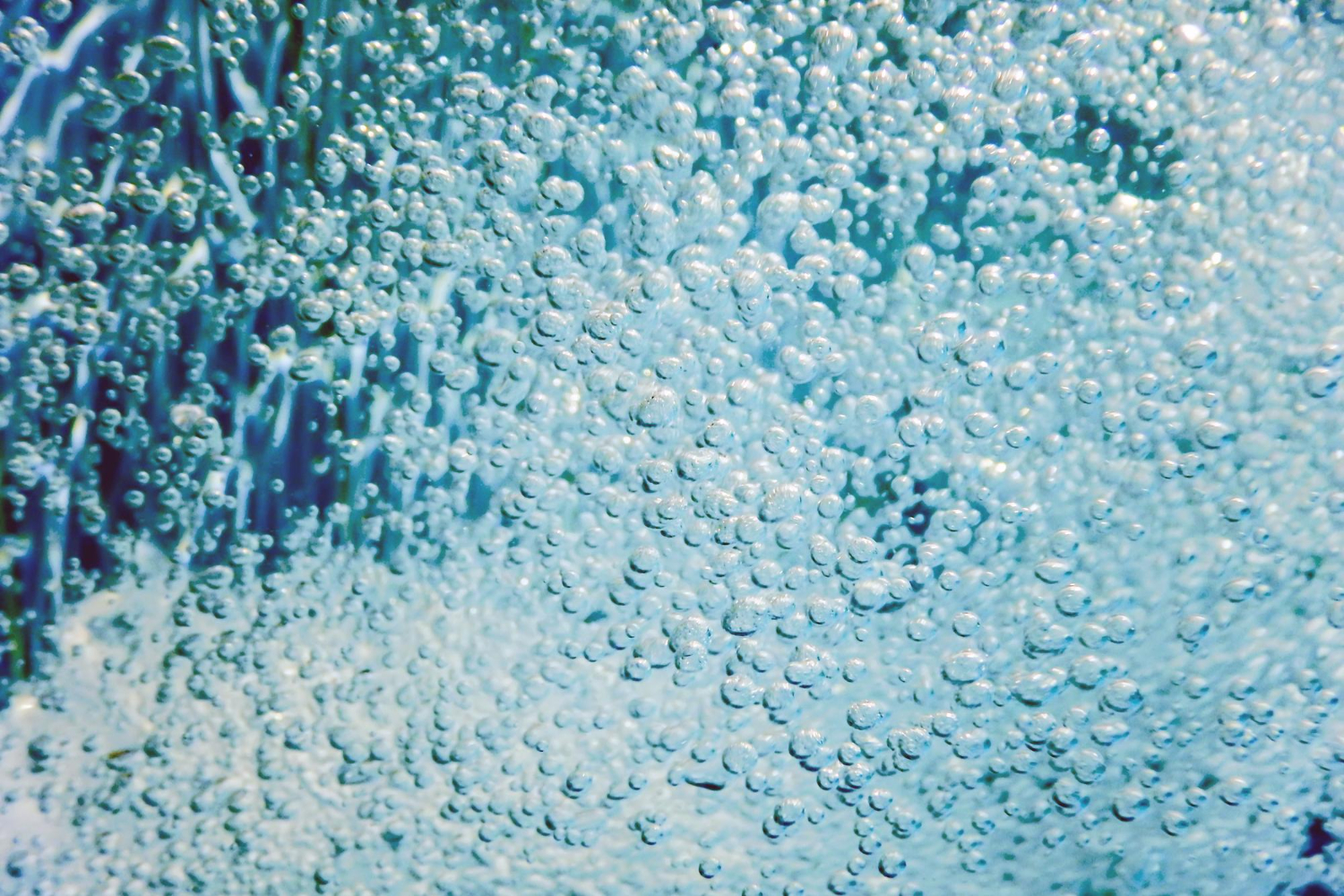For many people, contact lenses are a life-changing vision correction tool. However, the convenience and freedom they provide come with a hidden cost: their impact on the environment. We will explore the environmental footprint of contact lenses and explores sustainable alternatives, including LASIK eye surgery.
The Lifecycle of Contact Lenses: A Look Beyond Convenience
Manufacturing and Materials: The production of contact lenses involves complex processes and materials like plastics and hydrogels. These require significant energy and resources, contributing to greenhouse gas emissions and depletion (Musgrave & Fang, 2019). Furthermore, the plastic packaging adds to the environmental burden.
Waste Generation: Disposable and extended-wear lenses create a substantial waste stream. Millions of users worldwide generate mountains of discarded lenses and packaging each year. Consider: a single person using daily disposables throws away 365 pairs (including packaging) annually. The numbers become staggering when multiplied by global users.
Improper Disposal: A Major Threat
A significant issue is improper disposal. Studies reveal that 15-20% of users flush or wash down their lenses (Don’t Throw Those Contact Lenses Down the Drain | ASU News, 2018). This leads to tons of plastic ending up in wastewater systems each year. These lenses break down into microplastics, tiny fragments posing a severe threat to aquatic life and ecosystems (Rolsky et al., 2020).

Environmental Consequences of Contact Lens Pollution
Microplastic Contamination: Microplastics from contact lenses can absorb toxins from the water, harming marine creatures. Fish, birds, and other organisms mistake them for food, leading to malnutrition, digestive issues, and potential death (Rolsky et al., 2020).
Impact on Water Treatment: Contact lenses can disrupt wastewater treatment processes. They might not be fully filtered, allowing them to enter waterways and contaminate water sources (Rolsky et al., 2020).
Long-Term Ecological Effects: Research is ongoing, but the long-term effects of contact lens pollution are concerning. Microplastics might accumulate in soil, affecting plant growth and disrupting delicate ecological balances (Yarahmadi et al., 2024).
Sustainable Alternatives and Best Practices
Let’s explore ways to minimize the environmental impact of contact lenses and consider sustainable alternatives.
Eco-Friendly Lenses: While not yet widely available, some manufacturers are developing contact lenses from more biodegradable materials. Supporting such companies fosters innovation in sustainable eye care.
Proper Disposal Techniques: Always dispose of lenses in designated solid waste bins. Many optometrists offer recycling programs for lenses and packaging – a highly recommended option (AOA, 2018).
LASIK: A Sustainable Vision Correction Solution
LASIK (Laser-Assisted In Situ Keratomileusis) surgery offers a compelling alternative to contact lenses, not only for vision correction but also for environmental sustainability. Here’s how LASIK benefits the environment:
- Waste Reduction: LASIK eliminates the ongoing waste stream of contact lenses and packaging.
- Resource Conservation: It reduces the long-term consumption of contact lens solutions and related products, conserving water and chemicals.
- Energy Savings: By avoiding the manufacturing and distribution of contact lenses, LASIK indirectly contributes to energy conservation.
- Microplastic Prevention: LASIK helps prevent the introduction of microplastics into water systems that can occur with improper contact lens disposal.
While the initial environmental impact of LASIK equipment and disposables should be considered, the long-term benefits often outweigh this cost, especially for long-term contact lens users.
The Role of Manufacturers in a Sustainable Future
Contact lens manufacturers have a responsibility to address the environmental impact of their products. This includes:
- Investing in research for more eco-friendly materials.
- Redesigning packaging to be more sustainable.
- Educating consumers about proper disposal methods.
Consumer Awareness and Education
Raising awareness about the environmental impact of contact lenses is crucial. Eye care professionals should educate patients about proper use and disposal. Consumers should be informed about these implications and consider long-term solutions like LASIK.
Balancing Vision Needs with Environmental Responsibility
Contact lenses are a valuable tool for millions, but their environmental impact cannot be ignored. By making informed choices, practicing proper disposal, and considering sustainable alternatives like LASIK, we can achieve clear vision without compromising environmental health. Consumers have the power to influence change through their choices. Let’s strive for a future where clear vision and a healthy planet coexist.
Sources:
Rolsky, C., Kelkar, V. P., & Halden, R. U. (2020). Nationwide analysis of single-use contact lenses reveals significant plastic pollution when lenses are disposed of improperly. Sustainability, 12(9), 3826. https://doi.org/10.3390/su12093826
American Optometric Association. (2018). Proper Contact Lens Disposal Fact Sheet. Retrieved from https://www.aoa.org/AOA/Documents/News/Contact%20Lens%20Recycle%20Fact%20Sheet.pdf
Yarahmadi, A., Heidari, S., Sepahvand, P., Afkhami, H., & Kheradjoo, H. (2024). Microplastics and environmental effects: investigating the effects of microplastics on aquatic habitats and their impact on human health. Frontiers in Public Health, 12. https://doi.org/10.3389/fpubh.2024.1411389
Musgrave, C. S. A., & Fang, F. (2019). Contact Lens Materials: A Materials Science Perspective. Materials, 12(2), 261. https://doi.org/10.3390/ma12020261
Don’t throw those contact lenses down the drain | ASU News. (2018, August 19). https://news.asu.edu/20180819-discoveries-asu-scientists-1st-nationwide-study-environmental-costs-contact-lenses
Categories




